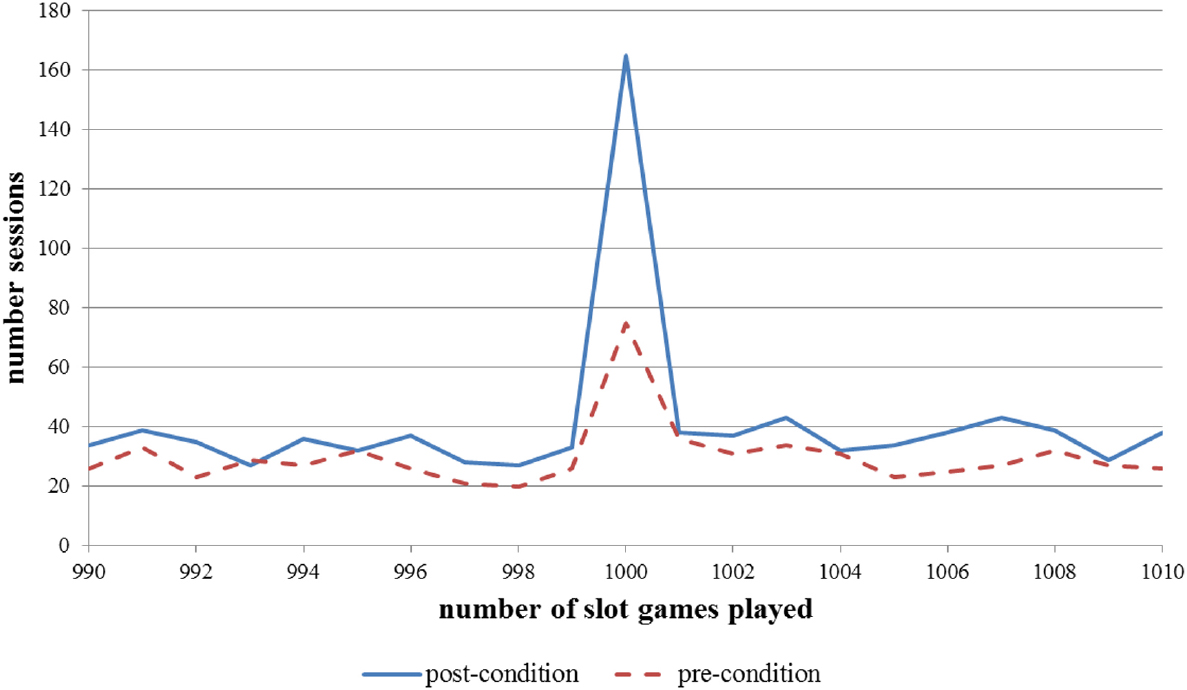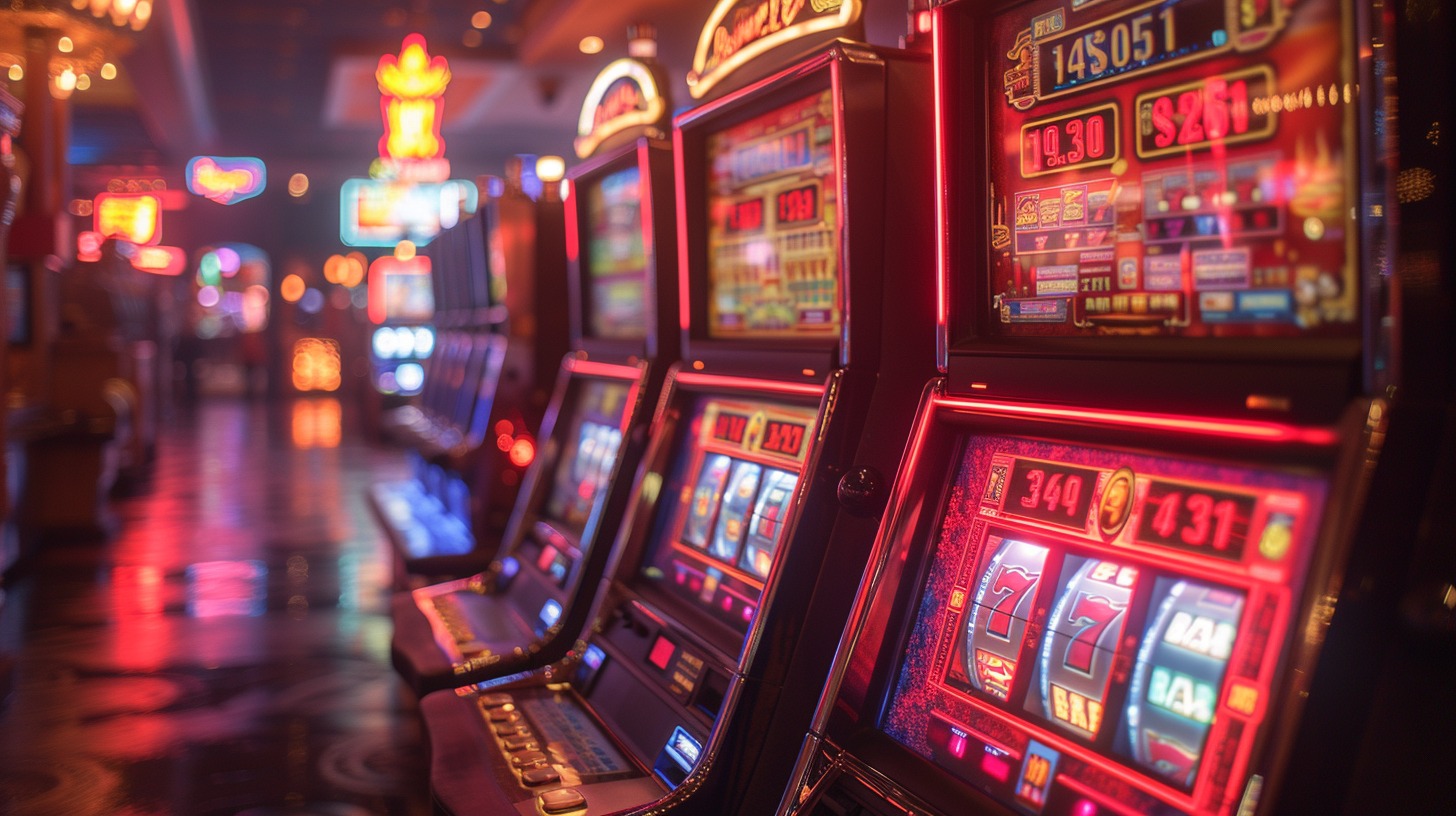You pull the lever, or rather, tap the screen. The reels spin in a blur of color and sound, a tiny universe of possibility whirring before your eyes. There’s a heartbeat of suspense. Then, the clatter as they stop. It’s a near miss. Two sevens and a cherry. So close. And without even thinking, your finger is already hovering over the “spin again” button.
This isn’t just luck or a simple game of chance. What you’re experiencing is a meticulously crafted psychological experience, a symphony of neuroscientific principles designed for one thing: to keep you engaged. Let’s pull back the curtain on the powerful forces at play.
The Dopamine Loop: The Engine of Engagement
At the core of every slot game is the brain’s reward system, primarily driven by a neurotransmitter called dopamine. Dopamine isn’t just about pleasure; it’s about the anticipation of a reward. It’s the “wanting” chemical.
Slot machines are masterful at exploiting this. The spin itself is the trigger. The unpredictable outcome creates a state of heightened anticipation. And the wins—especially the small, frequent ones—deliver the reward. This creates a powerful feedback loop:
- Cue: The sight of the game, the sound of other wins, or even just a thought.
- Routine: Placing a bet and hitting spin.
- Reward: The unpredictable payout, accompanied by lights and celebratory sounds.
Your brain learns this pattern. And it craves to repeat it. Even a near-miss, which we’ll get to, can trigger a similar dopamine release, tricking the brain into thinking a win was just within grasp.
Variable Rewards: The Slot Machine’s Greatest Trick
Honestly, if you knew you’d win exactly $1 every single time you spun, you’d get bored. Fast. The magic—and the hook—lies in unpredictability. This is the principle of a variable ratio reinforcement schedule.
It’s the most powerful schedule for sustaining behavior. You don’t know when the next reward is coming, but you know it could be the next one. This is why people check their phones compulsively for notifications and why we can’t resist pulling the lever on a slot machine “just one more time.” The “maybe next time” thought is a potent psychological driver.
Near-Misses: The “Almost” That Keeps You Going
Here’s where things get really clever. A near-miss—when symbols land just one position away from a big win—is psychologically interpreted as a near-win. Brain scans show that near-misses activate similar neural pathways as actual wins. They don’t feel like losses; they feel like encouragement.
You think, “I was so close! The machine is ready to pay out.” It creates a sense of optimism that overrides the logical part of your brain that knows it was still a loss. This false hope is a cornerstone of player retention in modern game design.
Sensory Overload: A Feast for the Senses
Slot games aren’t quiet, monochrome affairs. They are sensory spectacles designed to create a state of heightened arousal and immersion.
- Sight: Bright, flashing lights and vibrant animations celebrate wins, drawing attention and creating excitement. The themes are often familiar and appealing, from ancient Egypt to popular movies, creating an instant connection.
- Sound: This is a huge one. The celebratory jingles, the clinking of coins, the rising musical tones during a bonus round—these sounds are carefully composed to be euphoric. They create a positive association with the act of playing, making the experience memorable and enjoyable.
- Haptics: Even the physical sensation of pushing a button or the slight vibration of a console controller adds a tactile layer to the experience, making it more “real.”
The Illusion of Control and the Sunk Cost Fallacy
Despite being games of pure chance, slot mechanics often create an illusion of control. Features like “hold” functions (where you can choose to keep certain reels) or bonus rounds that require a simple skill-based interaction make the player feel like their choices matter. This perceived agency is deeply engaging and can increase attachment to the game.
Then there’s the sunk cost fallacy. This is our tendency to continue an endeavor once we’ve invested money, effort, or time into it. You might think, “I’ve already put in $50, I can’t walk away now—I’m due for a win.” You’re not, of course. The machine has no memory. But our brains are wired to avoid feeling like our previous investment was a waste, which can lead to chasing losses.
Losses Disguised as Wins (LDWs)
This is a particularly potent modern mechanic. A “Loss Disguised as a Win” occurs when you get a payout that is less than your original bet, but the game still celebrates it with lights and sounds as if it were a true win. For example, if you bet $1 and win 50 cents, the machine will still play its winning jingle.
This blurs the line between winning and losing. It provides the auditory and visual reward without the actual financial gain, effectively making losing feel rewarding. It’s a powerful way to extend playtime and mask the true rate of loss.
Understanding the Game Behind the Game
So, why does all this matter? Well, understanding these psychological principles isn’t about passing judgment. It’s about awareness. It’s about recognizing the invisible architecture behind the flashing lights.
These games are engineered by teams of experts who understand behavioral psychology on a deep level. They are designed to be engaging, immersive, and, yes, retention-focused. The next time you see those reels spin, you’ll understand the complex dance of neuroscience, sensory cues, and cognitive biases happening behind the scenes. And that knowledge, in itself, is the most powerful tool you can have.



